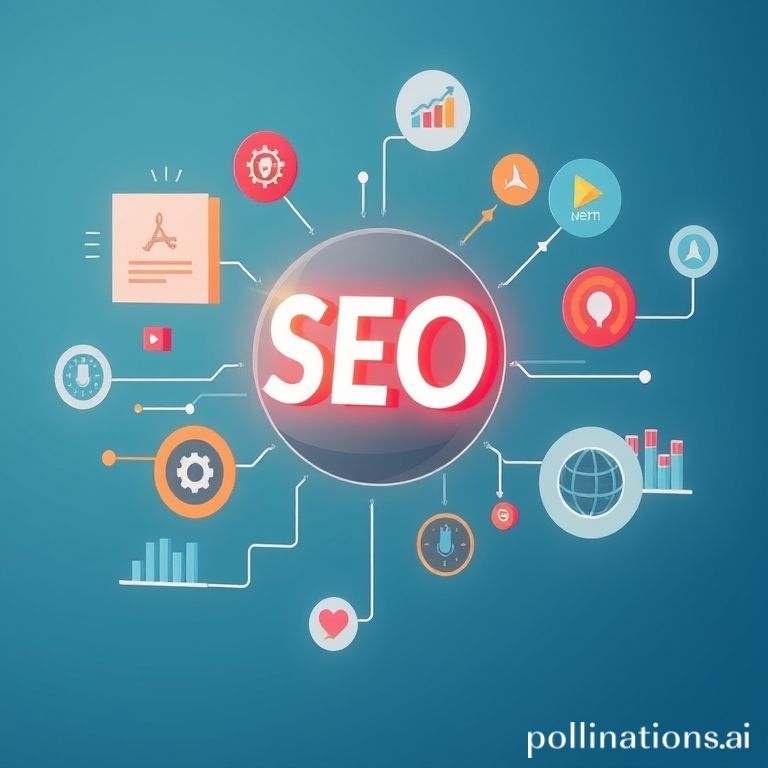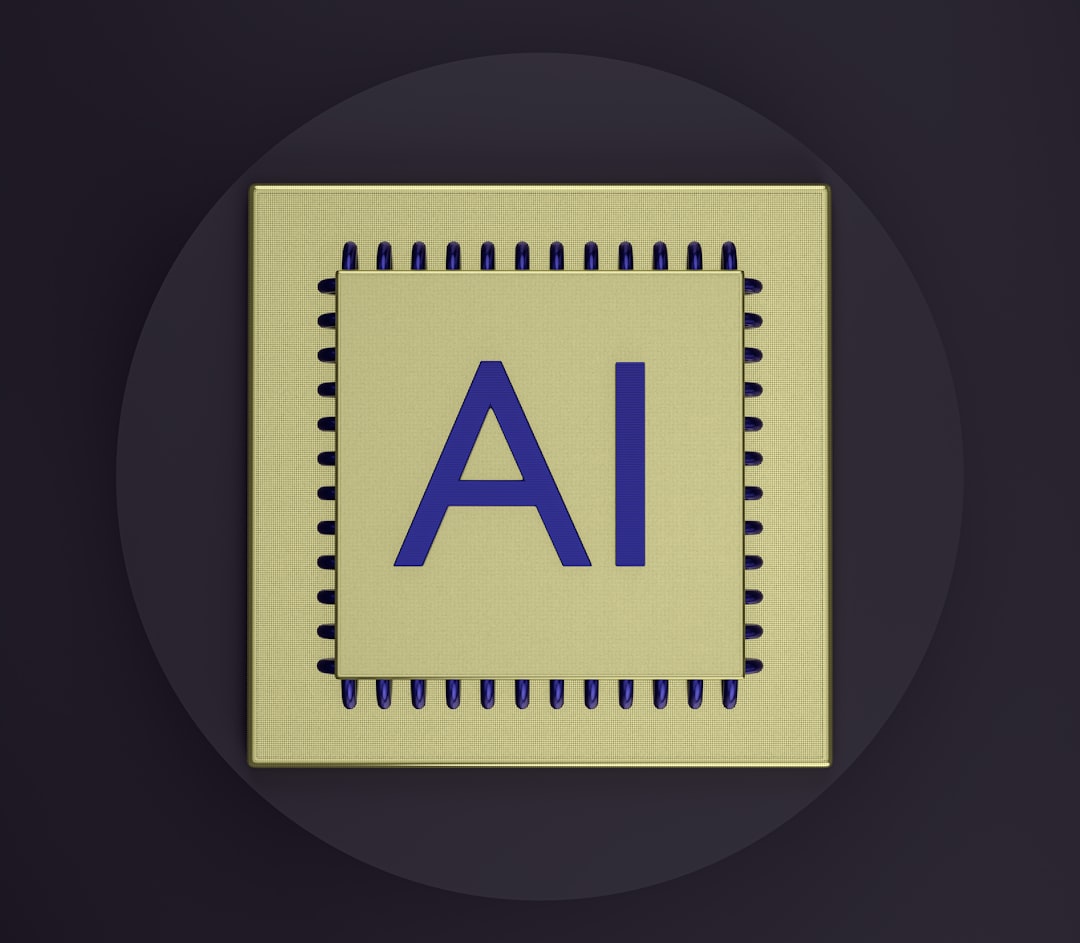Table of Contents
- Introduction
- Understanding the Role of AI-Powered Tools in Automating Content Creation
- Exploring AI Writers and Content Generators: From WordPress to SaaS
- Leveraging Automated Workflows for Streamlined Content Optimization
- The Rise of AI-Powered Plugins: Does WPHorde Live up to the Hype?
- Scheduling and Automating AI Content Creation with WordPress: A Guide
- How GPT-Based AI Writers are Revolutionizing Auto-Blogging
- AI Copywriting and Rewriting: The New Era of Effortless Content Generation
- Harnessing AI Recommendations to Enhance Content Strategy
- Conclusion
- Frequently Asked Questions
Introduction
In the relentless world of digital marketing, staying ahead of the curve is not just an advantage – it’s a necessity. SEO automation emerges as a powerful tool in this dynamic landscape, offering businesses the golden opportunity to enhance their digital strategies with unprecedented efficiency. Imagine unleashing the full potential of your digital campaigns with minimal manual effort and maximum impact.
The art of search engine optimization (SEO) often feels like a moving target, with algorithms and strategies evolving at breakneck speed. Fortunately, the era of automation provides the leverage needed to decode this intricate puzzle. With automation, you can now navigate the complexities of SEO with precision, transforming your approach from sporadic spurts of optimization into a well-oiled, streamlined machine that never sleeps.
But what exactly can SEO automation do for your brand, and how can you make the most out of it? From automated keyword research to monitoring competitor movements and executing data-driven decisions, the potential is both vast and transformative. Embark on this journey to unlock the true power of SEO automation today, and discover how it can elevate your digital strategy to new heights.
Understanding the Role of AI-Powered Tools in Automating Content Creation
Ah, the brave new world of SEO—where AI-powered tools are taking the wheel, driving content creation like a seasoned cabbie who knows every shortcut in the city. Just imagine a world where your articles don’t just pop out of thin air; they’re crafted with a savvy blend of machine learning and linguistic flair. It’s not sorcery, though it might seem like it at first blush!
With AI in the co-pilot seat, content creation is getting a turbo boost. Picture AI as a diligent little helper silently sifting through heaps of data, picking out golden nuggets of insight, and turning them into pearls of wisdom. No more burning the midnight oil trying to carve out content from scratch.
By the way, while AI tools work their magic, it’s a bit like having a conversation with an old friend who knows what you need before you say a word. They speak fluently in the language of SEO, striking a harmonious chord between relevant keywords and quality content without breaking a sweat!
And hey, if you’ve ever wondered whether machines can dream in digital, just watch how they weave SEO strategies into stories that captivate and convert. It’s not just automation—it’s evolution, and it’s only the beginning.
Exploring AI Writers and Content Generators: From WordPress to SaaS
Once upon a digital dawn, businesses woke up to AI writers and content generators as the mystical scribes of the modern age. These tools, from the familiar terrains of WordPress plugins to the ever-expanding universe of SaaS platforms, have been game-changers, conjuring content quicker than you can say ‘abracadabra’. Remarkably, they’re the unsung heroes, quietly toiling away, crafting content that’s as engaging as it is efficient.
In the bustling bazaar of online content, AI writers are like the virtuoso street performers, weaving words with a finesse that captivates passersby. Imagine a bustling café where entrepreneurs sip their brew, discussing how SaaS platforms like these have taken the guesswork out of content creation. ‘It’s like having a personal bard,’ one might say, ‘only without the lute.’
And here’s the kicker: while AI pens eloquent prose at lightning speed, the irony isn’t lost on us that it sometimes gets things hilariously wrong, producing quirky lines that might give anyone a chuckle. Still, with every click and clatter of digital keys, AI writers constantly learn and evolve, painting a promising picture for the future of automated creativity. It’s a brave new world, indeed, where the pen truly meets the processor.
Leveraging Automated Workflows for Streamlined Content Optimization
Imagine SEO as a bustling city; each webpage is a bustling street corner, and automated workflows are the efficient traffic lights that keep everything flowing smoothly. Ah, there’s nothing quite like sipping coffee and watching the mess of data transform into neatly organized strategies. When it comes to leveraging automated workflows, it’s like having a GPS for your SEO efforts. Instead of wandering aimlessly through the fog of keywords and algorithms, you’re guided with precision.
So, what’s the buzz about these workflows? It’s simple. They take the nitty-gritty, time-consuming tasks — think keyword analysis, meta tag optimization, and internal linking — and give them a high-tech makeover. Now, that doesn’t mean kicking back and letting the machines do all the talking. Nope, but it does mean you’ve got more time to focus on creating engaging content that resonates with your audience, unburdened by the mundane.
In the end, automated workflows are the secret sauce in your SEO toolkit. They hum along in the background, quietly optimizing and structuring, while you focus on the creativity that makes your content stand out. It’s like having a silent partner who never asks for coffee breaks — a true digital ally in the race to the top of search rankings.
The Rise of AI-Powered Plugins: Does WPHorde Live up to the Hype?
Ah, the digital age! As quickly as you can say ‘SEO,’ AI-powered plugins have stormed onto the scene, promising to transform our tired old web management habits, with WPHorde being one of the latest to join the ranks. But here’s the $64,000 question: does it really live up to all the chatter?
Picture this: a small business owner, buried under a mountain of to-dos, stumbles upon WPHorde. It’s like discovering a magic wand in a toolbox of rusty hammers. Promising banal tasks turned into automatic poetry, WPHorde claims to handle everything with the swiftness of a cat on a hot tin roof. Sounds too good to be true, right?
To dive deeper, let’s unpack what users are saying. One might say, “It’s the best thing since sliced bread,” while another nervously chuckles about missed updates and awkward automation hiccups more embarrassing than showing up to a formal event in flip-flops. Not to foreshadow anything, but it appears that while WPHorde has painted a vivid dream, it’s still a work in progress. So, while the waves of AI innovation are indeed crashing onto the shores of our virtual landscapes, whether WPHorde rides those waves with grace or gets swept under still feels like a coin toss.
Scheduling and Automating AI Content Creation with WordPress: A Guide
In the bustling world of online content, staying ahead of the game often feels like trying to catch the wind. However, with the advent of Artificial Intelligence, scheduling and automating content creation with WordPress is akin to having a trusty co-pilot. Imagine waking up to find your digital garden freshly nurtured, content blooming ready for readers. With WordPress, you can set your sails on autopilot by using plugins that weave AI seamlessly into your workflow. It's a bit like having a secret sauce—mixing AI's efficiency with your creativity.
First, you'd want to get your hands on an AI plugin or tool that gets the job done—think of it as your digital quill. These tools can not only generate topics but also craft engaging narratives while you sip your morning coffee. Linking WordPress with your chosen AI tool, you'll stroll through the setup, setting timelines and frequency, like a maestro conducting a symphony. Timing is everything and scheduling posts lets your content sing in harmony with target audiences. And hey, let's not forget SEO; it's the magic carpet ride that carries your words across the internet, landing right in front of eager eyes. This automation dance, well-choreographed, frees up time to let your imagination run wild while your blog posts click and clatter into place like clockwork.
How GPT-Based AI Writers are Revolutionizing Auto-Blogging
Stepping into the world of auto-blogging feels a bit like stumbling onto a hidden treasure chest. With GPT-based AI writers at the helm, it’s not just about automating content; it’s about crafting quality narratives in a flash. Imagine this: A small business owner, tired of the relentless cycle of content creation, suddenly finds a genie in a digital bottle. These AI wordsmiths swoop in, offering a feast of content with just a few clicks. Oh, the sweet symphony of keys—click-clack!—as these virtual scribes churn out blog posts with flair. It’s as if Shakespeare himself decided to pen his sonnets at warp speed!
Indeed, AI writers don’t merely write; they paint pictures with words, capturing audiences with tales spun in milliseconds. They’re the unsung heroes of efficiency, turning the lengthy, laborious writing process into a breezy stroll. But hang on—before you know it, irony tiptoes in. For while these AI writers speed up blogging, they also ignite the age-old debate: Can a machine truly capture the human heart? Nevertheless, for businesses keeping pace with digital demands, GPT-based AI writers are like having an ever-ready team of content specialists—your own word wizards—right at your fingertips.
AI Copywriting and Rewriting: The New Era of Effortless Content Generation
Imagine a world where words flow effortlessly, like a river cascading down a mountainside. Well, welcome to the era of AI copywriting and rewriting, where content generation becomes as easy as pie. Suddenly, you don’t need to burn the midnight oil to pump out engaging articles. AI, your new trusty sidekick, does the heavy lifting. Now, doesn’t that sound like a dream come true?
With just a few clicks, AI can churn out an article, give it a makeover, or even sprinkle some creativity on it. It’s like having a magician's hat that keeps bringing out rabbits, only this time they're in the form of words. For small businesses and budding bloggers, it’s a game changer. No longer is high-quality content reserved for those with deep pockets. AI stands as a bridge, leveling the playing field.
But hold on a second, it’s not all just a bed of roses. Sure, AI can whip up content faster than you can say “abracadabra,” but it still craves a human touch – that unique voice that’s purely yours. So, while this new pen-pal from the digital world helps with the grunt work, it’s up to the humans to add a pinch of personality and zest. Oddly enough, that’s the sweet spot where magic happens.
Harnessing AI Recommendations to Enhance Content Strategy
Picture this: you’re in a vast library, stuffed to the brim with books, each one vying for your attention. But there’s a savvy librarian—the AI in our tale—whispering, ‘This way to the treasure!’ That’s the magic of harnessing AI recommendations for content strategy. It’s like having a crystal ball, only better, because it relies on cold, hard data instead of hocus-pocus.
With AI, those endless hours of guessing what your audience wants vanish into thin air. Instead, you get tailor-made insights, pointing like a compass to content that clicks. Imagine your content strategy as a jigsaw puzzle, with AI recommendations being the guiding hand that swiftly fits the pieces together. No more rambling through a labyrinth of content options; AI lights up the path like a trusty flashlight during a midnight blackout.
Oh, and the irony of it all? The more data AI gobbles, the sharper its suggestions—like a snowball rolling downhill, growing mightier with each turn. So, embracing AI isn’t just a leap of faith—it’s embracing a faithful friend that’s in your corner, ready to revolutionize your content strategy and serve up exactly what your audience craves on a silver platter.
Conclusion
The world of digital strategy is rapidly evolving, and embracing SEO automation is no longer optional but essential. The era of manual grunt work is being replaced by AI-powered tools that deliver efficiency and smart decision-making in real-time. Without leveraging these innovations, such as WPHorde, businesses risk being left in the dust. WPHorde embodies the digital transformation where AI takes the helm, integrating seamlessly into your WordPress ecosystem to streamline content creation and optimization. It’s not just about keeping pace with the bustling world of online content creation; it’s about leading the charge.
Don’t get left behind in the digital race. Step into the future of content strategy and unleash the full potential of your digital presence with WPHorde. Unlock new possibilities and elevate your brand with precision and creativity that captures your audience’s attention and turns engagement into conversions. Seize this opportunity to revolutionize your digital strategy today!


















